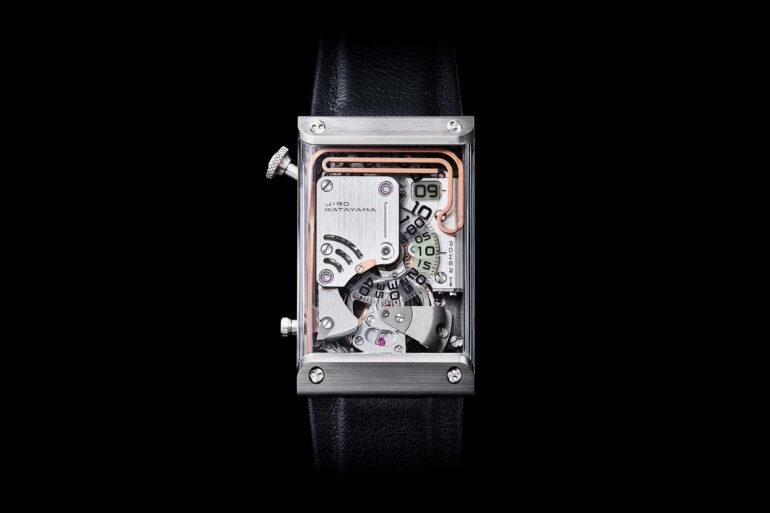Ōtsuka Lōtec had a viral moment over the weekend with the surprise launch of the No. 9, the latest creation from the Japanese microbrand headed by designer and watchmaker Jiro Katayama. These watches have captured the attention and imagination of enthusiasts worldwide for their unique steampunk aesthetic, filtered through a unique Japanese industrial design perspective. Up until now, their watches have been defined by interesting complications (wandering hours, retrograde displays, etc.) at ultra competitive price points topping out at around $5,000, and being genuinely difficult to obtain outside of Japan thanks to extremely limited production and simply not being offered to en masse to those outside the country. With the No. 9, it certainly appears that Ōtsuka Lōtec will continue to make watches that are tough to obtain, but they’ve thrown the pricing structure out the window with this release, offering up a far more complicated watch than anything they’ve previously attempted.
The No. 9 is a rectangular watch in a stainless steel case measuring 41.3mm by 26.4mm. It’s 10.35mm tall, which makes this a quite compact package, and all the more impressive given the mechanical complexity. Going through the list of features and mechanical complications here is going to be a bit like the Stefon sketch on SNL (“This watch has everything…”) so let’s just embrace it: across 278 components, this watch features a tourbillon, a jump hour, “rewinding minutes,” a power reserve indicator, and a sonnerie au passage chiming complication (similar to the Bel Canto in that it strikes on the hour, every hour). It also has a bunch of curious, charming details, including the incorporation of the smallest ball bearing in the world in its construction, and lumed discs behind the time telling wheels to make them more easily visible in low light situations.
Time telling is fairly straightforward despite the visual complexity of the dial. The jumping hours are read on the hour disc located in the top right quadrant of the dial. Minutes are read on the disc located just below it and positioned at the center of the dial. The power reserve is particularly clever, and consists of a pin that is full extended when the power is topped up and draws back as power depletes (it’s helpfully labeled on the dial, part of the industrial aesthetic Ōtsuka Lōtec has become so well known for. Also visible on the dial side is the gong that is activated each hour – you can see it running across the top and left side of the case. It’s also visible from the side of the case thanks to the design of the domed crystal and how it integrates with the case band.
The No. 9 is powered by the manually wound Cal. SSGT, which has 40 hours of power reserve on a full wind and beats at 18,000 bph. The tourbillon is located at 6:00 on the dial, but is partially obscured, which is a detail I quite enjoy as it makes what is usually a watch’s most opulent feature a little more discreet and under the radar. The movement also allows for the chiming function to be turned on and off at the user’s discretion via a pusher on the side of the case.
This is an exciting project and a bold release from Ōtsuka Lōtec. It’s hard not to be reminded of the release Behrens and Vianney Halter that we just saw in Geneva when looking at the No. 9, which was similarly a major level up in terms of ambition and complexity (and price). Coincidentally, they also share a certain aesthetic sensibility. We don’t yet have official information on availability of the No. 9, but we have learned that the retail price will be set at 16,000,000 Japanese Yen, which is equal to just shy of $110,000. Ōtsuka Lōtec
Zach Kazan
2025-09-23 15:00:00





